Our museum is 50 |15 May 2015
To mark the International Museum Day, TONY MATHIOT, on behalf of Seychelles National Museums recalls half a century in the life of our precious establishment.
The Seychelles national museums division currently falls under the aegis of the culture department within the Ministry of Tourism and Culture and is primarily responsible for the continuous preservation, promotion and development of Seychelles cultural heritage.
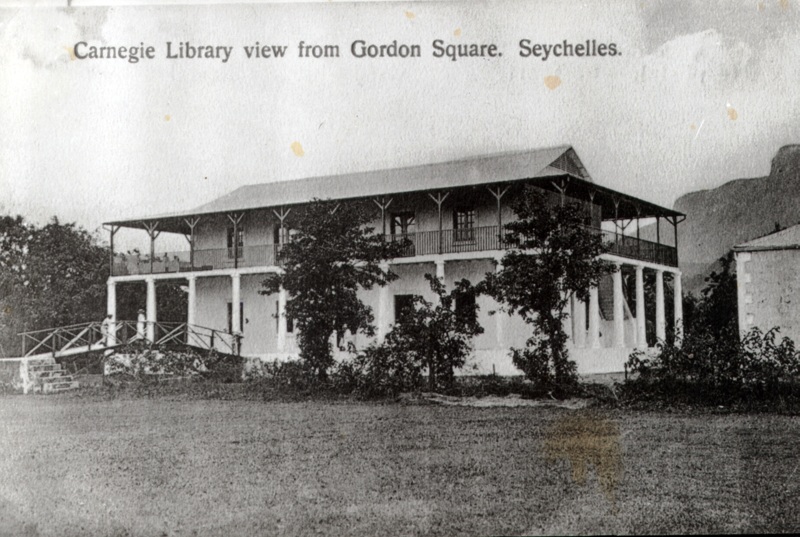
It began on the ground floor of the Carnegie building (1910) in 1965. A modest collection of perennially interesting objects, such as portraits of governors, shells, corals, handicrafts, a few photographs and a few paintings – with the pièce de resistance being of course, the 1756 - 52cm by 52cm Stone of Possession.
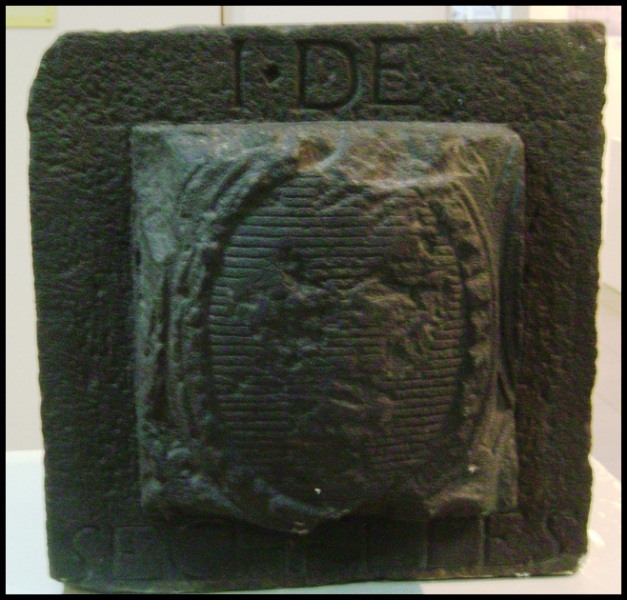
It was a retired officer of the Indian Army, Captain Archibald Tindall Webb (1889-1968) who initiated its creation. In 1961, when he was appointed the first government archivist, Webb developed a passion for the history of Seychelles. Having so many old documents at his disposal, he eventually produced in 1964 ‘The History of Seychelles’ the proceeds from the sales of which went to a Museum Donation Fund which had been opened with Barclays Bank.
By 1967, the sum had reached R3,350 and the museum was gradually growing to become Victoria’s greatest attraction for foreign visitors and local residents, especially students.
More objects had been added. These included: a drawing of a disused watermill at Cascade, two polished coco de mer nuts, an old canon ball and a painting of a local Creole house, donations from the public who was keen to see that Seychelles has a museum which would be worth the name.
During the years 1968-1969, 2,010 persons signed the visitor’s book. The museum was a combination of natural history exhibits and historical exhibits. In 1971, an entomological section and a conchological section were established. It must have been quite an engrossing accumulation of assorted ‘things’ in there: marine molluscs in glass boxes, stick insects, butterflies, old bronze Portuguese swivel guns raised from an unidentified wreck off Amirantes, a giant Crown-of-Thorns starfish, a giant furbelow clam, a German soldier’s helmet, a giant tortoise (stuffed of course!) and even a blue ensign flag carried by Seychelles Pioneer Contingent during Victory Parade in London on June 8, 1946.
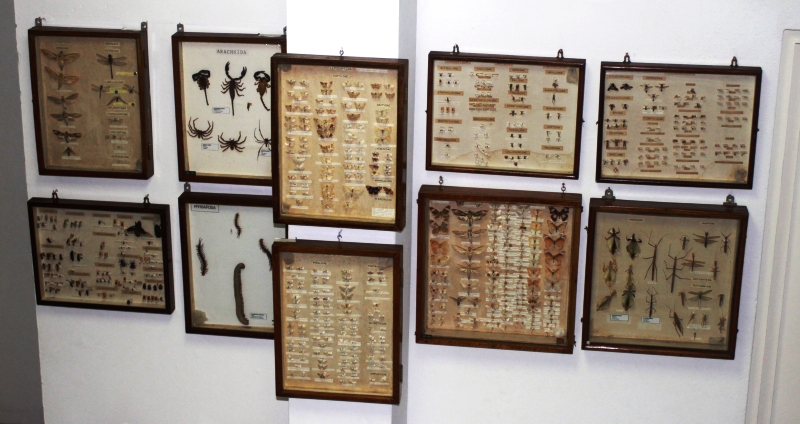
Exhibitions and educational programmes have always been the museum’s main activities to attract public interest and enlighten them on various aspects of our lives. Between 1970 and 1971, five exhibitions were held in the museum. Notable among which was a census exhibition consisting largely of various items from the 1960 census (Population – 41,662), and including also samples of enumerators’ hand books and enumeration forms for the 1971 census (Population – 53,361). Nothing unusual, one might say, nothing so remarkable – but a museum being the repository of a nation’s historic, artistic, scientific and educational heritage, has the duty to inform the nation about various aspects of its social history. A museum exhibition on the most pedestrian of subjects can be a fascinating exercise in enlightenment, as many of us have experienced during these last fifty years.
During the 1970s, the first Seychellois curator of the museum was J. Henri Macgaw (1929-2010) who was also the archivist. The archives repository, a central record room and a reading room for researchers were located on the ground floor of the same building. Therefore, it was painfully obvious that both departments were functioning under restricting conditions, in such confinements. Evidently, the status quo afforded no prospects for expansion. Even the statuette of the diminutive Empress Victoria which the museum had acquired in 1977 had taken too much precious space!
In the early 1980s when the archives moved into the La Bastille building at Union Vale, the museum’s sections spread out on the entire ground floor. It was in 1996 that the museum separated into two sections, that is into two museums. The National History Museum moved into the old government secretariat (1903) on State House Avenue leaving the entire Carnegie building for the Natural History Museum.
During its first year in its new location, the National History Museum held an exhibition on ‘Shipwrecks in Seychelles’. In 1997, there was another one on ‘Religion in Seychelles’ – and since then, it has ‘consistently held annual exhibitions on myriad themes. In 2004, the precious Pierre de Possession had to be budged again, when the museum moved into the splendid edifice of the National Library (1994).
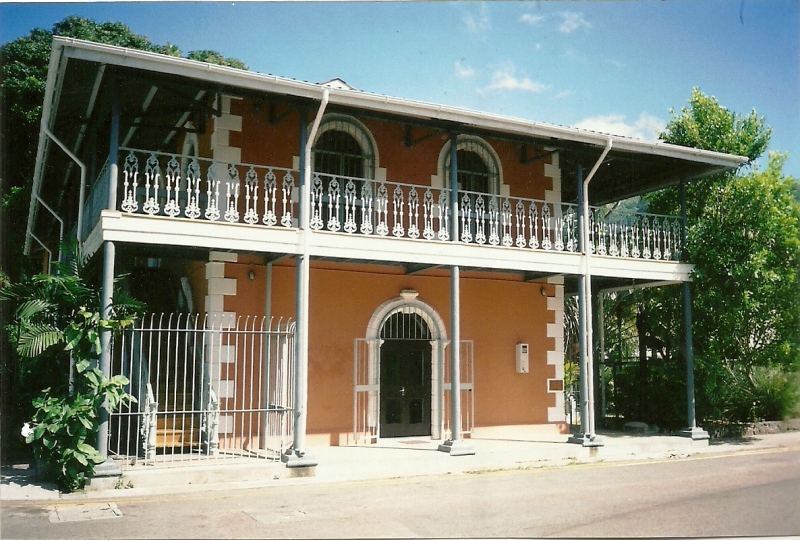
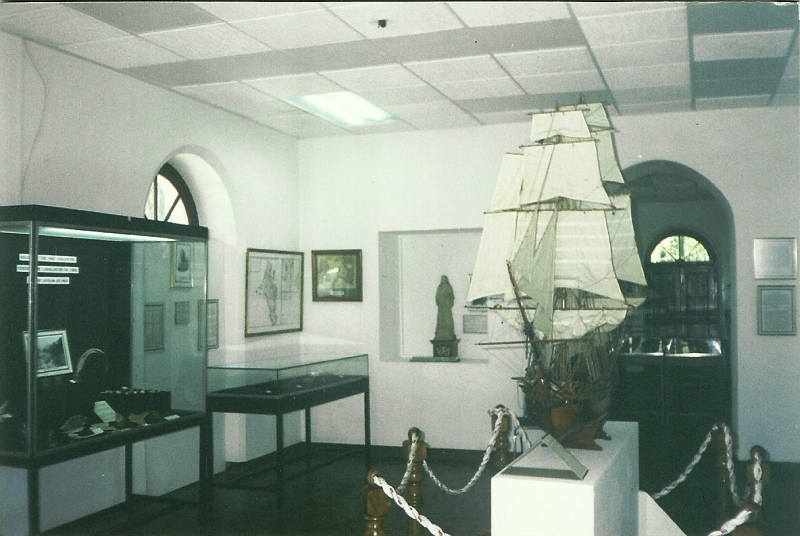
The Natural History Museum acquired more objects and added more sections, such as one on the geology of Seychelles where visitors can marvel at the different varieties of our granites. Here, they can learn how the dyke (ros leskalye) at Port Launay was formed as a result of ‘igneous intrusion’, and also about other mind-boggling geological features of Seychelles.
There are dioramas of a mist forest, a mangrove swamp, and of ocean life. There are fibreglass replicas of a trevally (karang), a Red Snapper (bourzwa) and others. There is a Bird Call Simulator, which gives you, at the push of a button, the authentic warble of a Magpie Robin (Pi Santez) or the chirp of a Seychelles black Paradise Flycatcher (Vev) and the sound of six other indigenous birds of Seychelles. Captain Webb would have been fascinated!)
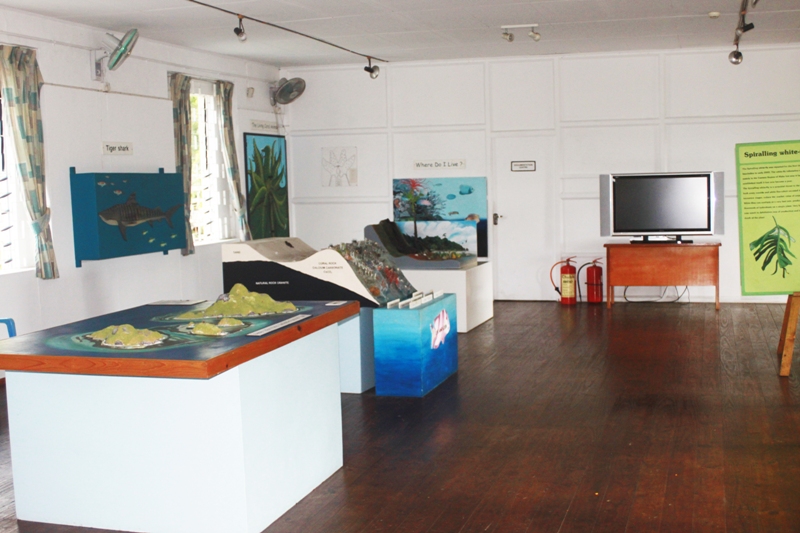
The Natural History Museum is a thrill for geologists, conchologists and botanists. Yes, there is a herbarium in there. It is under the charge of Charles Morel, who looks after it with an almost affectionate diligence.
He has been with the museum department since 1991, when he started as a conservationist officer and he is the only male of the species among the seven – member museum staff – which speaks volume for his professional conviction. In Seychelles the museum realm is a matriarchate!
The National History Museum is headed by Bella Rose who is helped by three female staff. (Picture 8 Bella Rose) The Natural History Museum is headed by Beryl Ondiek. (Picture 9 Beryl Ondiek) and the director of Seychelles Museums is Cecile Kalebi who holds sway over them all. (Picture 10 Cecille Kalebi)
|
|
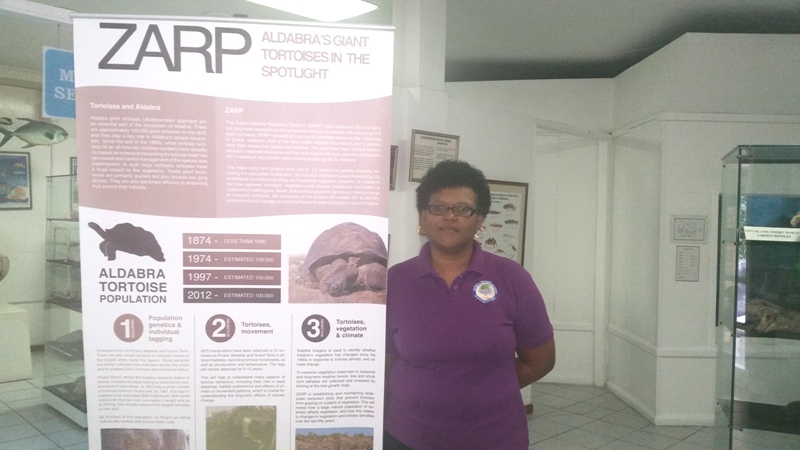
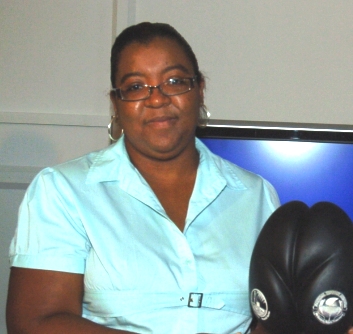
It must be noted that distinction of being the oldest serving member of the museum establishment is proudly claimed by Bella Rose who was employed in 1982. The National Museums also recognise the valued contribution of Nadege Dugasse who was employed with the National Museums in 1978 as a cleaner and although she was transferred to the Cleaners Corporative in 2012, she continues to work with the museums. (Picture 11 Nadege Dugasse)
Charles Morel harbours an avid concern for his plants. He handles them like a jeweller showing off his gems and stones. Well, they ARE precious!
“We have hundreds of dicotyledons, monocotyledons and ferns preserved here,” he tells me, with professional glee. “Indigenous, endemic and exotic,” he adds.
He informs me that the herbarium has roughly 6,000 species. Amazing! Even to me, who is not even an abecedarian where flora and fauna is concerned. The herbarium is a store of reference material and is an indispensable means of identification. If you pick up a plant that you find ‘sort of peculiar’ you bring it to the herbarium of the Natural History Museum where it will be matched with similar named specimens.
There is a Marriane North (1830-1890) section upstairs where many of the paintings that she made while she was here in 1883 are on permanent display. Copies, of course. The real ones are in Kew Gardens, London.
In 1987, it was Alain Lucas who was appointed to the noble post of archivist and curator of museum. In 2002, when the Archives and the Museum became two departments, Alain Lucas retained the post of curator until 2007.
The National History Museum also acquired new (but ancient) objects. In 1985, a school teacher (a lady) of Baie Lazare found a few fistfuls of gold and silver coins. They are kept in the museum. In 1992, an archaeologist (a lady – again!) discovered human bones at Anse Lascars on Silhouette Island, and in 2012, the staff of the National Heritage Research Section carried out a minor excavation study at the site of Venn’s Town (1875) at Sans Souci, and they found an empty bottle of wine, a few copper spoons and a couple of Victoria coins. All these items can have a fascination for even the amateur historians are in secured safety in the custodian of the museum.
Interestingly enough, the fiftieth year of our museum finds it – yet again – in transition. This time, definitely, to its permanent location in the old Supreme Court building. The oldest building in Seychelles, in fact. It was built on reclaimed land in 1887 by the New Oriental Bank. It is a National Monument.
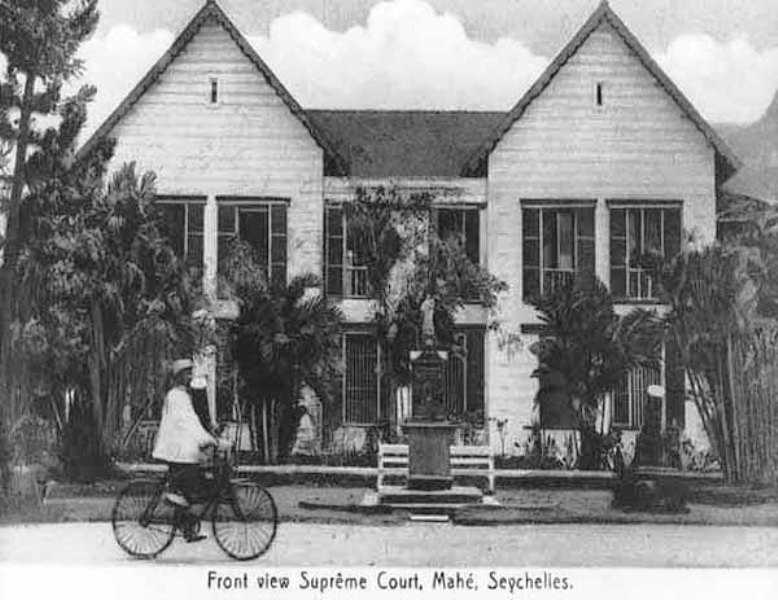
When it opens next year, the National History Museum will have much more to offer given the ample space that will be allotted to the various sections. Foreigners and the local public alike will have an illustrated overview of our history – from the French period 1756-1815, the British period (1815-1976) to the post-Independent period 1976–2014).
There will be sections on local witchcraft, slavery, traditional houses and agricultural history. Set amidst some of our most popular and oldest national monuments, our prospective new National History Museum will be eminently located to all those who may be anxious to know about the momentous events that have shaped our history. It will be a tourist attraction, certainly but it will be principally a showcase of our historical and cultural wealth.




